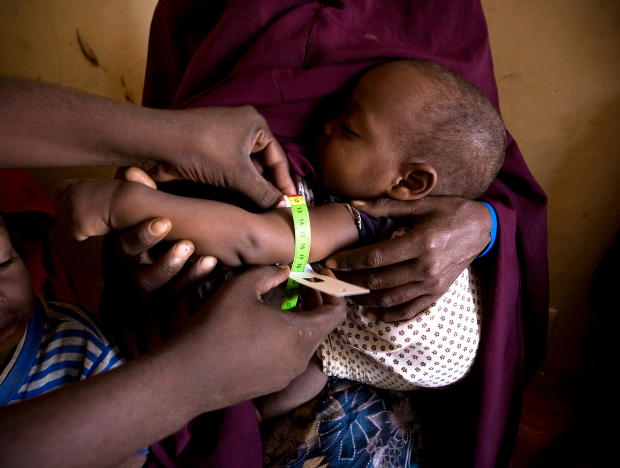VIDEO
Displaced Yemenis need our help
UNHCR is on the ground aiding Yemeni refugees, but resources are stretched too thin. Your gift will offer hope for a safe future.
Despite challenging circumstances, the UN Refugee Agency is on the ground delivering lifesaving support to millions of displaced Yemenis as well as to refugees and asylum-seekers across the country. UNHCR is the only agency addressing the protection and well-being of refugees and asylum seekers across Yemen.
Protection and food security remain top priorities. UNHCR is helping displaced Yemeni families meet their basic needs through the provision of shelter, cash assistance, registration services and legal aid. The cash-assistance program reaches more than one million people every year.
UNHCR is also offering specialized relief items to address specific needs of displaced communities, including mattresses, sleeping mats, kitchen items, buckets, core household products and kits to address bomb damage to homes.
Somali refugee family sits near their shelter in Kharaz refugee camp, Yemen.
More Facts About the Yemen Crisis
Famine Explained: Definition, causes and facts
Famine has been officially confirmed in Sudan and approximately 37 million people in countries like Yemen, Nigeria, South Sudan and Somalia are at immediate risk of famine. But what exactly is famine and how can we stop it?
Learn MoreYemen Crisis Explained
Nine years of conflict have driven more than 4.5 million people from their homes and 21.6 million are in dire need of humanitarian assistance and protection services.
Learn MoreSomalia Refugee Crisis Explained
Over the last 30 years, hundreds of thousands of people have fled Somalia because of political instability and a dangerous civil war.
Learn MoreA threat to lives, dignity and hope: UNHCR's most underfunded programs in 2023
Learn more about three of UNHCR’s 2023 underfunded activities and how your generosity can make a difference.
Learn More


